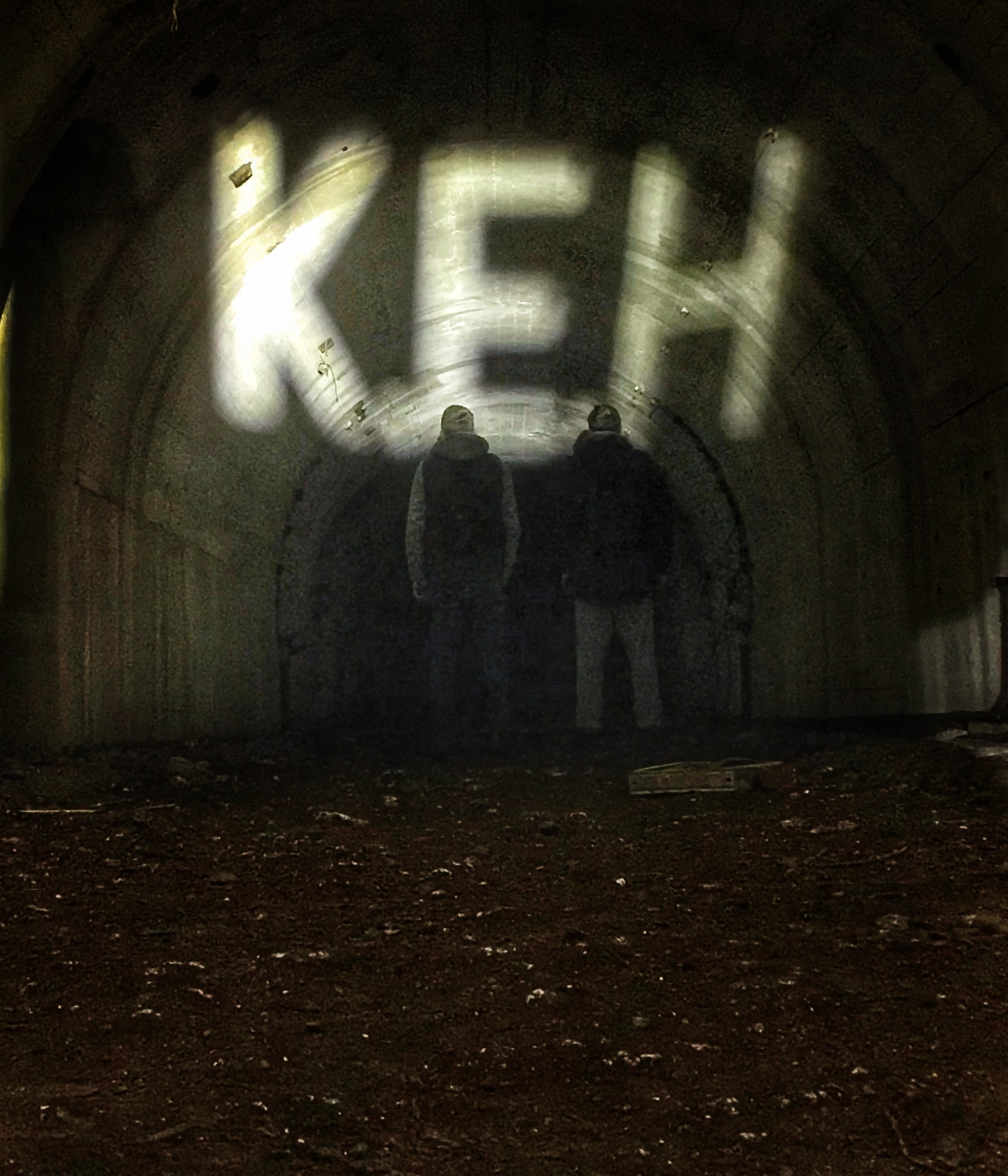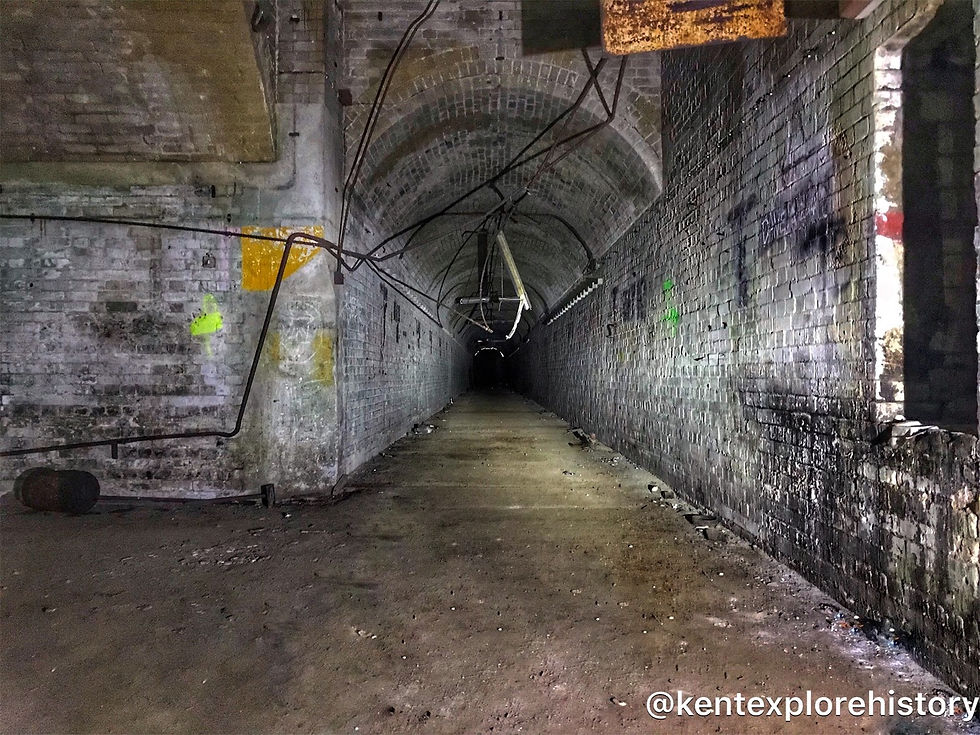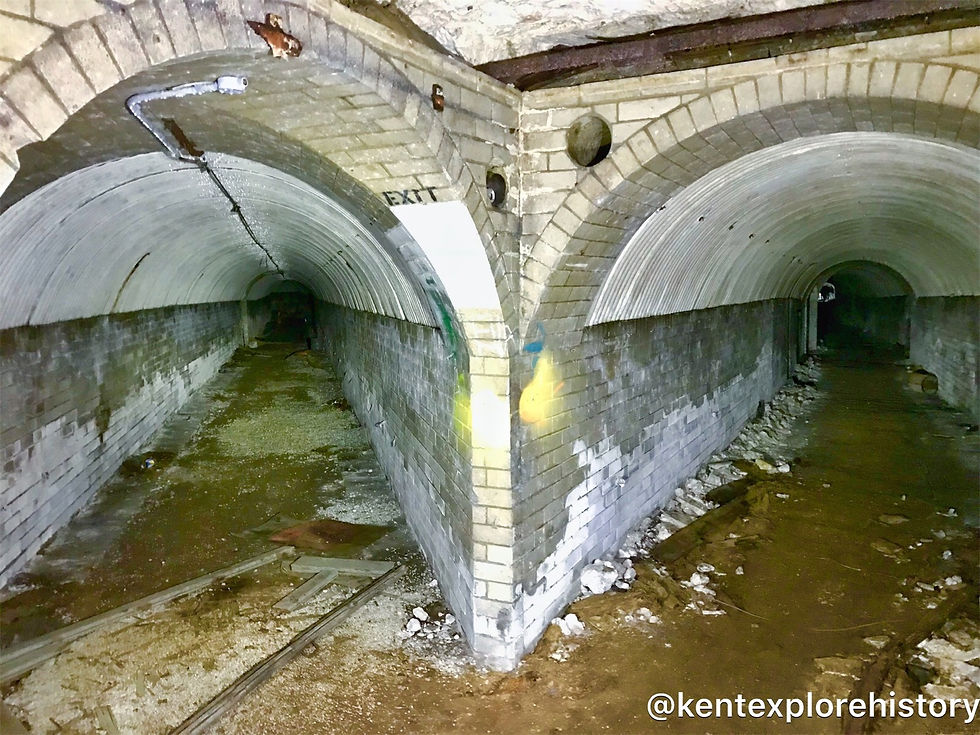Rochester Castle
- kentexplorehistory

- Dec 8, 2021
- 2 min read
Rochester Castle stands on the east bank of the River Medway in Kent.
Following the aftermath of the Norman Conquest the first castle at Rochester was founded and was given to Bishop Odo probably by his half brother William the Conquerer.
The castle first saw military action during the Rebellion of 1088. Bishop Odo pledged his support to Robert Curthouse, William the Conquerors eldest son against William Rufus. Rochester and the Castle were besieged due to Odo making Rochester headquarters of the Rebellion. After the capitulation of the garrison at Rochester the castle was abandoned.
Between the years 1087 and 1089, William Rufus asked the Bishop of Rochester, Gundulf to build a new stone castle at Rochester. Much of the current castle was established by Gundulf although it has been much altered through the centuries. The castle was granted by King Henry I in 1127 to the Archbishop of Canterbury in perpetuity. The Massive stone keep of the castle that still stands today was constructed by William De Corbeil. The castle remained in the custody of the Archbishops throughout the 12th century.
During the First Barons’ War of 1215-1217 the castle was captured from Archbishop Stephen Langton and held against King John. King John besieged the castle in an attempt to reassert control over the Barons. The castle suffered extensive damage with the outer walls breached, the south east corner of the keep collapsed this was due to a mine being dug underneath with forty of the fattest pigs unfit put into the mine, the wooden props within the mine were then set alight (which is now why the south eat corner is circular rather than square), hunger eventually forced the defenders to surrender. These events are the subject of the film Ironclad starring James Purefoy. The castle wasn’t to stay in King John’s hands long and in 1216 was captured by the French Prince Louis who was the new leader of the Baronial Rebels, King John subsequently died and was succeeded by his son King Henry III. The following year the war ended and the castle was taken under direct Royal control.
The castle was then besieged for a second time in 1264 during the Second Barons’ War of 1264-1267. The Castle was held by its Royal Constable Roger de Leybourne in support of King Henry III against the rebel armies led by Simon de Montfort and Gilbert de Clare. The rebel armies had entered Rochester and set to the task of capturing the castle. The defenders within the castle resisted the siege and with relief coming from King Henry III himself the rebel armies raised the siege. Due to the siege the castle suffered further extensive damage that wasn’t remedied until the following century.
The final military action seen by Rochester Castle was during the Peasants’ Revolt in 1381 when it was captured and ransacked.
With the castle falling out of use and falling into a state of disrepair it’s materials were used elsewhere and custodianship of it was relinquished by the Crown. During the 1870s the Castle and it’s grounds were opened to the public as a park/ gardens and to this day they still are with the keep being one of the best preserved in England or France.


















































































Comments